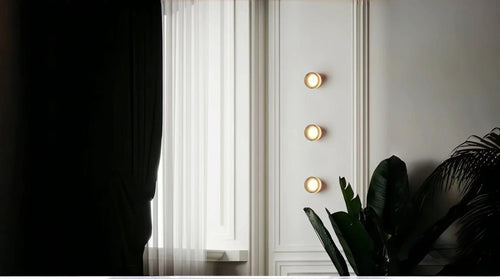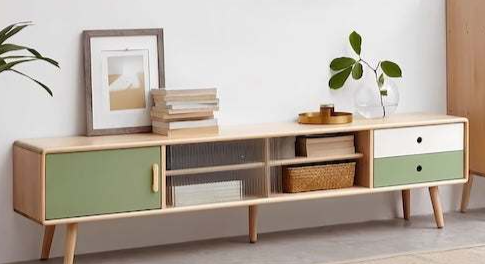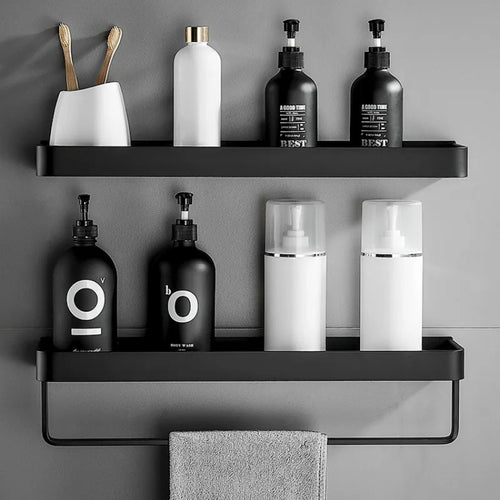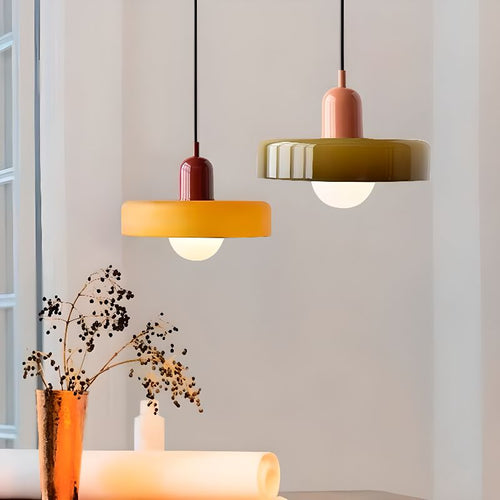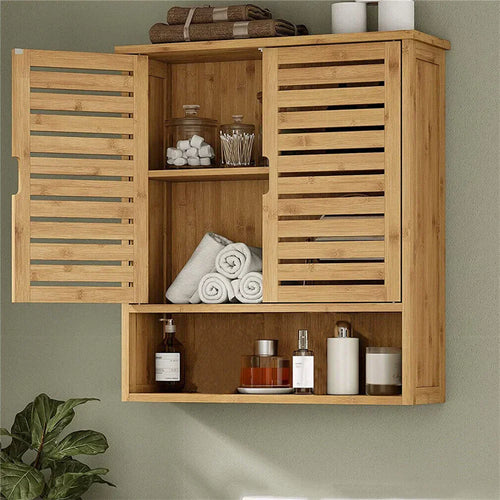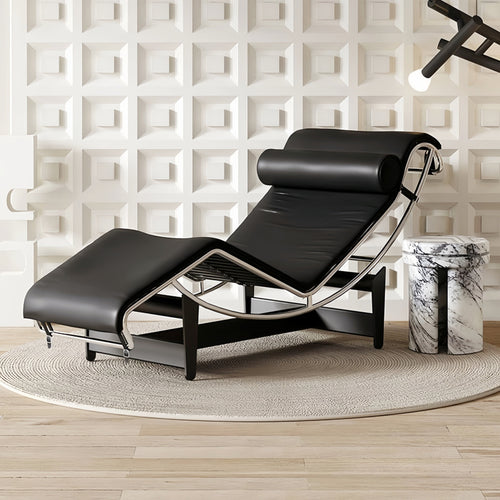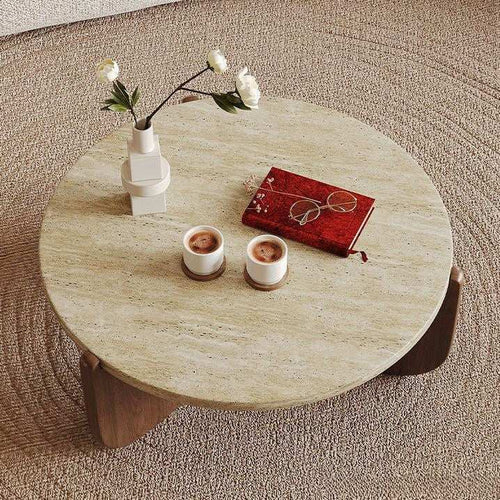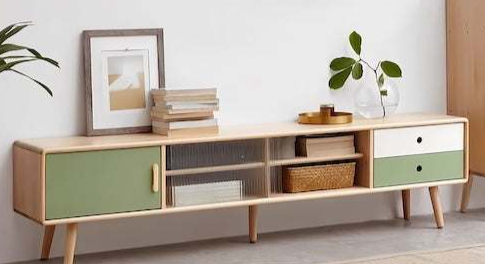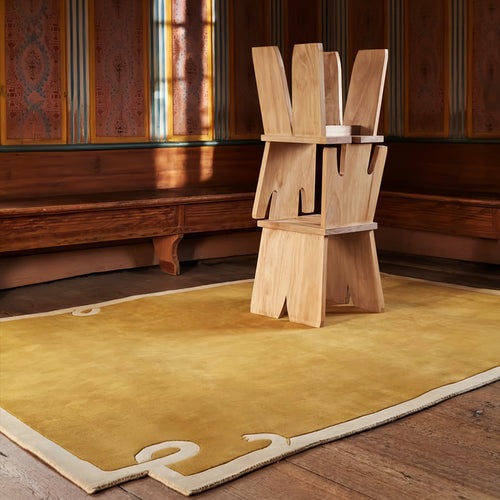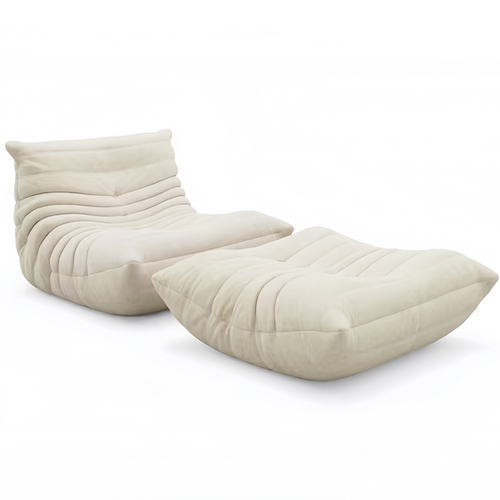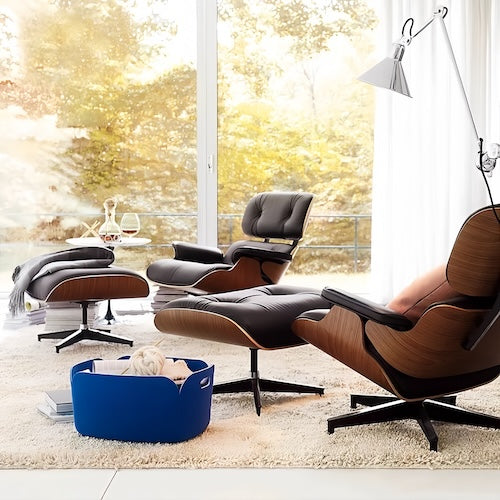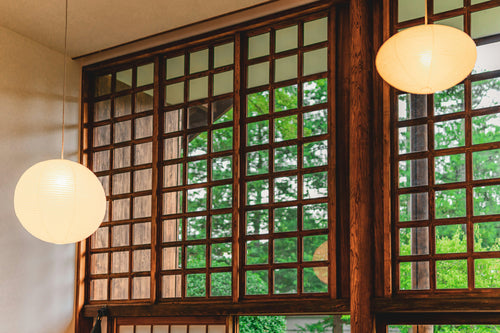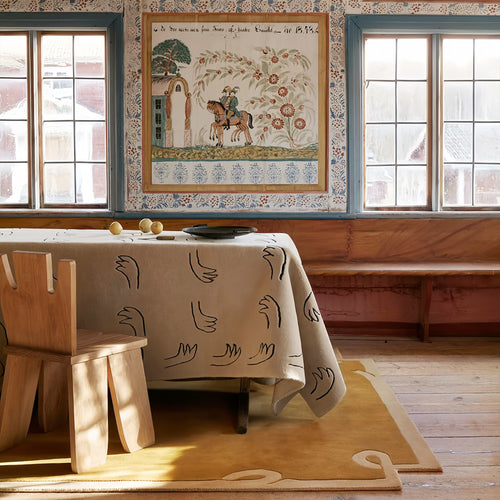A lot can happen over time to a sofa. Tastes change, and the fabric will eventually fade or become frayed. Kids bouncing around can send cushions sagging, and poor construction can cause structural damage.
To get a long-lasting sofa, look for high-density foam and resilient upholstery fabrics. The frame should be sturdy, too. Check that it is made of kiln-dried hardwood and held together with screws or dowels instead of glue.

How Long Should My Sofa Last?
While many factors go into how long your sofa lasts, most experts agree that upholstered seating has a lifespan of around 7 years. This is typically the amount of time it takes for a new decor trend to hit and for your upholstered sofa, sectional, or chair to start looking outdated in your home.
If you want your sofa to last as long as possible, you’ll need to take the following into consideration when shopping for furniture.
What type of fabric your sofa is made from is one of the biggest determining factors in how long it will last. The type of material used will impact the durability of your couch, as well as how easily it can be cleaned and maintained. You’ll also want to look for a durable frame, as this is another major factor in your sofa’s longevity.
Durable frames are typically constructed from hardwoods like oak, maple, cherry, mahogany, and walnut. However, metal is a sturdy option as well, and some manufacturers build frames using this material. The best frames will have reinforced corners and high-density foam, which are all signs of a sofa that can stand up to the test of time.
The type of cushioning you choose is also a big determining factor in how long your sofa will last. Foam with a density rating of 2.5 lb or higher will hold up better than standard foam and will stay firm longer. You can also opt for spring-down cushions, which are typically seen in luxury brands and will hold up better than foam as well.
Lastly, you’ll want to consider the condition of your sofa’s upholstery. If the material is frayed, faded, or heavily stained, it’s probably time to consider replacing it.
Other factors that may trigger the need to replace your sofa include major life changes, such as moving or getting married, or simply wanting a fresh look in your living space. It’s important to keep in mind that a new sofa is a big investment, and you’ll want to make sure the one you purchase will be able to stand up to your lifestyle and household needs.
There are some things you can do to help extend the lifespan of your upholstered seating, such as regularly vacuuming and cleaning it with a mild cleaner or upholstery cleaner. Keeping the fabric clean will help prevent it from becoming worn and dirty and can remove odours as well. Additionally, it’s a good idea to avoid placing your couch in direct sunlight, as the sun’s rays can fade fabric and cause it to wear faster. With proper care and maintenance, you can expect your sofa to last for up to 15 years. However, if your sofa starts breaking down or wearing out significantly before this point, it’s time to consider replacing it.
When should I replace my sofa?
A well-made sofa can last between 7 and 15 years, but it's not uncommon to see signs of wear before that. Depending on how hard your family uses the furniture, you may need to replace it sooner. It's also a good idea to consider replacing the cushions or the foam in the seats, which can start to lose their shape over time.
A few key factors will help you decide whether to invest in a new sofa or have it reupholstered. The frame of the sofa should be solid and sturdy. You want to avoid cheap particleboard, which can easily break under the weight of your body or that of guests sitting on the sofa. Choose a hardwood like kiln-dried or engineered wood instead for a long-lasting, strong frame.
Leather is another great choice. While it may require a little more care than fabric, it is long-lasting and durable. If you opt for genuine or full-grain leather, be sure to follow the maintenance guidelines provided by the manufacturer to protect it from stains and scratches. If you're not a fan of leather, you can still get a durable sofa by choosing a distressed or weathered finish that hides scratches and wear.

The type of upholstery will have a big impact on how long your sofa will last. For instance, velvet and cotton may fade faster than durable, easy-to-clean microfiber. If you have kids or pets, choose a durable, pet-friendly fabric that will stand up to their rough play. For added durability, look for a sofa with a high Wyzenbeek double rub count, which measures how many rubs it takes for the upholstery to show visible signs of wear.
Lastly, you should also factor in how much use your sofa will see. If you use it daily as a TV lounge, it will need to withstand more use than a sofa that's used only occasionally.
Of course, it may be that you're simply ready for a change. Maybe you're tired of the colour or style of your sofa or maybe you've moved into a bigger home and the old couch doesn't fit in the new space. If so, it's okay to buy a new couch that suits your current décor and lifestyle.
How to Choose a Durable Sofa
There are a number of factors that can contribute to a sofa’s lifespan, including usage patterns and the quality of materials. For example, a sofa that is in a family room and is used every day for reclining, gaming and watching TV is going to see more wear and tear than a sofa that’s only used when company comes over.

The type of upholstery can also make a difference. For example, leather is a durable choice that can last longer than fabric options, especially if you choose to purchase “genuine” or “bonded” leather rather than a less expensive synthetic version. Leather will develop a beautiful character with time, while a fabric couch may look worn out in as little as five years.
A well-built frame is another important factor in a sofa’s longevity. It’s best to avoid a sofa that has a plywood or particleboard core, which can easily bend and warp over time. A good hardwood frame is much stronger and more likely to hold its shape over the long term. You should also consider the seating support system, which can be determined by checking whether the sofa has pocket coils, sinuous springs or web suspension. A spring system is a sign that the sofa has been constructed with durability in mind.
Taking care of a sofa can also extend its lifespan. For example, flipping the cushions on a monthly basis and giving it an annual cleaning will help the cushion fillings retain their shape over time, says Schmitz. The type of cleaner you use is also important, as different fabrics require different care methods.
If possible, test out a sofa in a showroom before purchasing. This can give you a better sense of how it will feel and function in your home, which is something that’s not always possible when purchasing a sofa online. If you’re unable to try out a sofa in person, be sure to read the store’s return policy before making your purchase.

In general, upholstered sofas and chairs are designed to withstand about 2 to 3 hours of use each day. However, if your family is very active or you have pets, this can easily increase the amount of wear and tear that your furniture experiences. It’s worth examining your lifestyle and the use of your sofa to determine how often it should be cleaned, if it will need to be reupholstered and what type of upholstery you should select for maximum durability. Then, you can rest assured that your sofa will serve you for many years to come.







